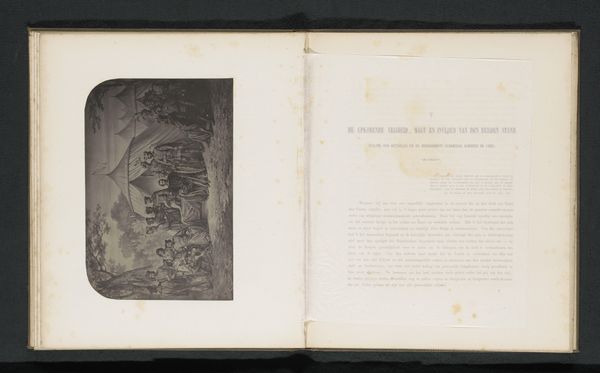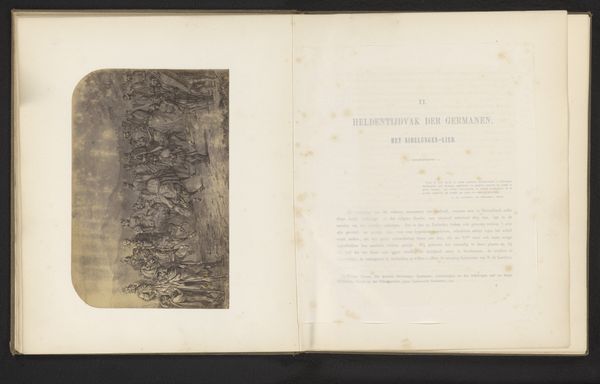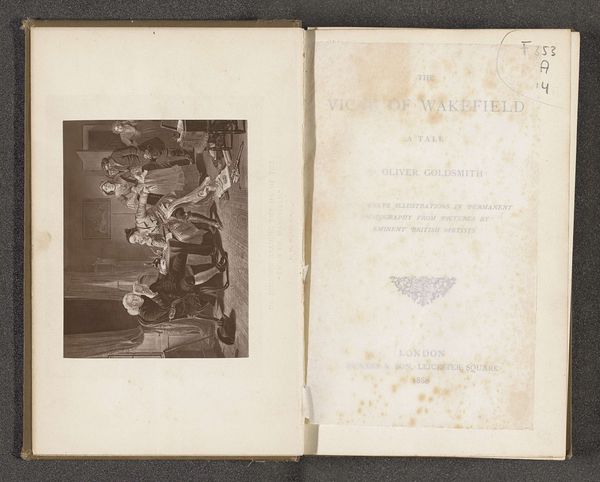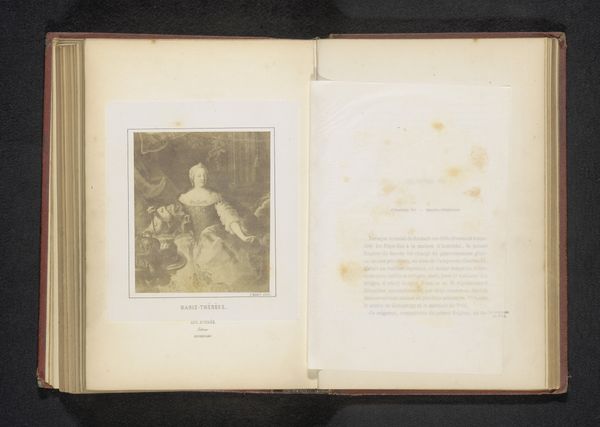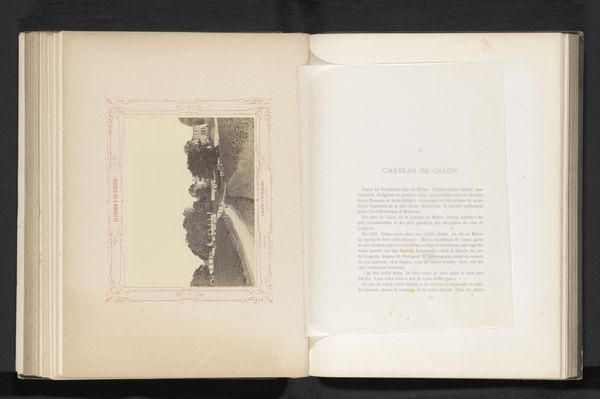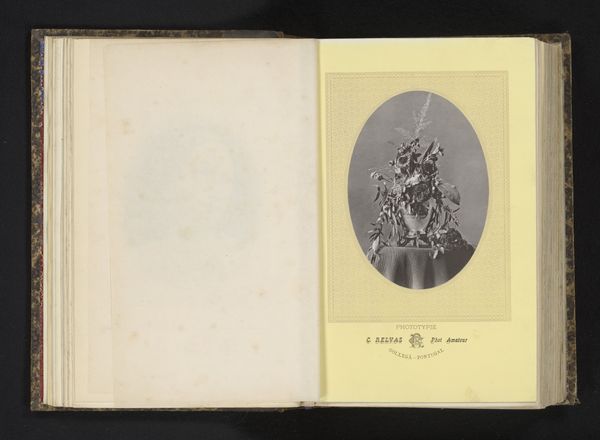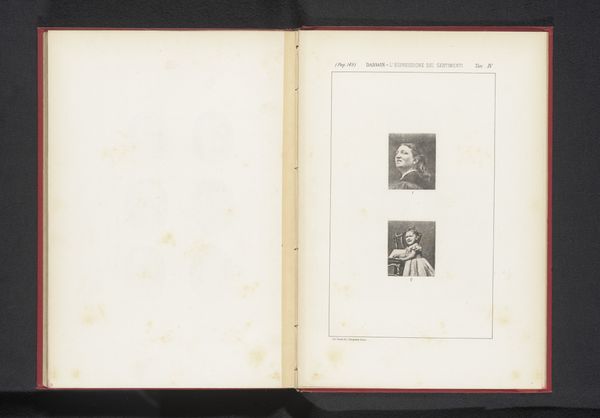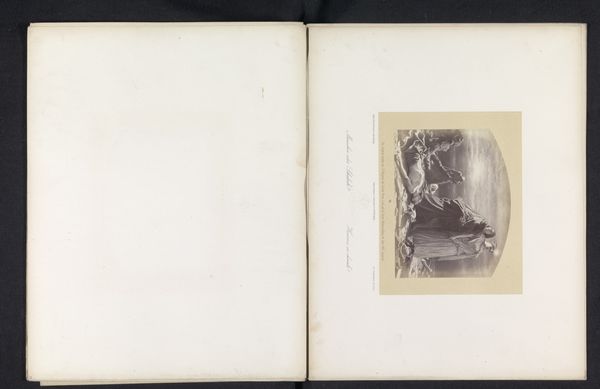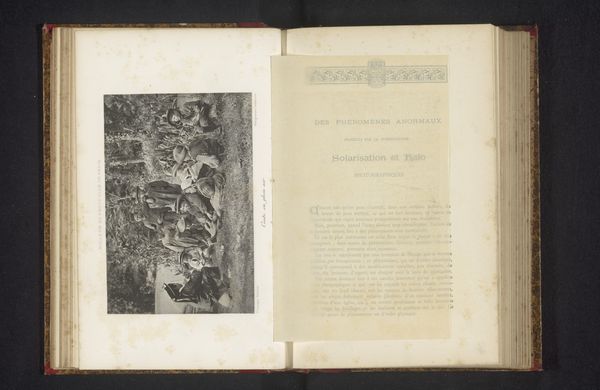
print, etching, photography, engraving
# print
#
etching
#
landscape
#
photography
#
orientalism
#
history-painting
#
engraving
Dimensions: height 138 mm, width 212 mm
Copyright: Rijks Museum: Open Domain
Curator: Looking at this "Fotoreproductie van een prent van Attila en de Hunnen" - a photographic reproduction of a print depicting Attila and the Huns, dating back to before 1861 - what's your first take? Editor: Utterly epic! It’s all sweeping movement and impending doom. The whole scene, like a black and white fever dream, pulses with the energy of chaos unleashed. Gives you chills, doesn’t it? Curator: Absolutely. And that’s partly because images of Attila the Hun, particularly in the 19th century, played into very specific cultural anxieties. This image likely tapped into fears about the "Oriental" invader threatening European civilization, themes of cultural conflict so popular back then. Editor: Right, history as grand opera. I find it striking how they used light and shadow. The Huns seem to emerge from a deep gorge; like a monster's gaping mouth, threatening to swallow everything whole. It’s intensely theatrical. Curator: Precisely. And consider that this isn't an original artistic creation we’re seeing but a reproduction – layering photograph, print and image creates distance. In that sense the political statement and potential artistic quality is diluted across media. It’s an image about an image. A whisper of the 'original roar'. Editor: Still, whispers can be pretty potent, can't they? Even now, there’s a raw, visceral quality to that band of warriors emerging into the frame, poised to... topple empires, as if driven by unseen forces. Or perhaps just their own ravenous appetites. Curator: A good point. And it’s not just about individual agency, but how groups and collectivities are visualised, what we call "the crowd." Attila and the Huns are presented as almost faceless. A force, an abstract power in this socio-political drama, if you will. A historical trope about cultural conflicts. Editor: Yes! Trope it may be, yet it’s undeniably captivating, this collision of history, artistry, reproduction... It evokes the echo of thundering hooves long after the dust has settled. Curator: A cultural echo indeed. These historical photographs show the art is never just about the immediate visual experience but carries its historical weight to impact contemporary interpretation.
Comments
No comments
Be the first to comment and join the conversation on the ultimate creative platform.

